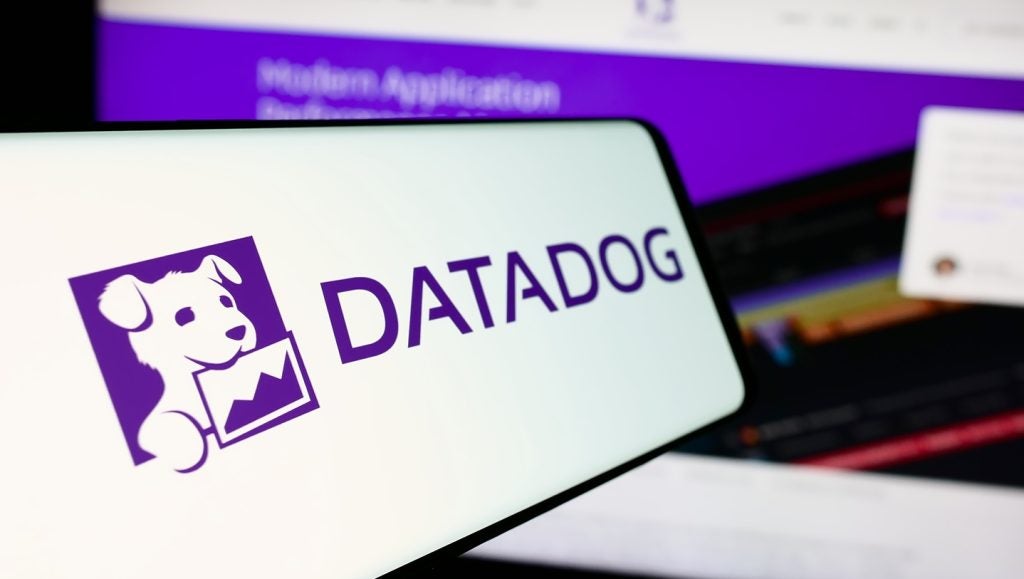
The UK has announced that it plans to spend £100m to boost the production of AI chips with the help of leading chipmakers AMD, Intel and Nvidia.
A government official confirmed the investment was in the “advanced stages” of an order of up to 5,000 graphics processing units (GPUs) from Nvidia.
GPUs have been in hot demand as the chips are a key component to powering AI applications like OpenAI’s ChatGPT.
Companies like Nvidia have seen their value skyrocket as the global race for AI dominance continues.
The investment announcement comes after Prime Minister Rishi Sunak set out his mission to become a leading global technology “superpower” by the end of the decade.
In May, the PM announced an investment of £1bn over the next ten years into the research and production of semiconductors.

US Tariffs are shifting - will you react or anticipate?
Don’t let policy changes catch you off guard. Stay proactive with real-time data and expert analysis.
By GlobalDataHowever, the US and EU have since made that investment feel miniscule. Biden announced the US would be investing $52bn into its Chips Act while the EU announced subsidies of up to €43bn into the AI industry.
It appears that Rishi Sunak may have a fair way to go before the UK can call itself an AI leader, however.
According to GlobalData’s jobs analytics database, the UK continues to fall behind the US and India in the amount of advertised active AI jobs have been posted since the beginning of 2023.
The UK recorded 11.4k active AI job postings between January 1 2023 and August 1 2023, according to the research firm.
The US advertised 138.8k AI jobs since January, beating India which recorded 46.8k advertisements.
China recorded 10.6k job advertisements in the AI industry, putting it behind the UK, India and the US.
GlobalData estimates the total AI market will be worth $383.3 billion in 2030.
Our signals coverage is powered by GlobalData’s Thematic Engine, which tags millions of data items across six alternative datasets — patents, jobs, deals, company filings, social media mentions and news — to themes, sectors and companies. These signals enhance our predictive capabilities, helping us to identify the most disruptive threats across each of the sectors we cover and the companies best placed to succeed.






